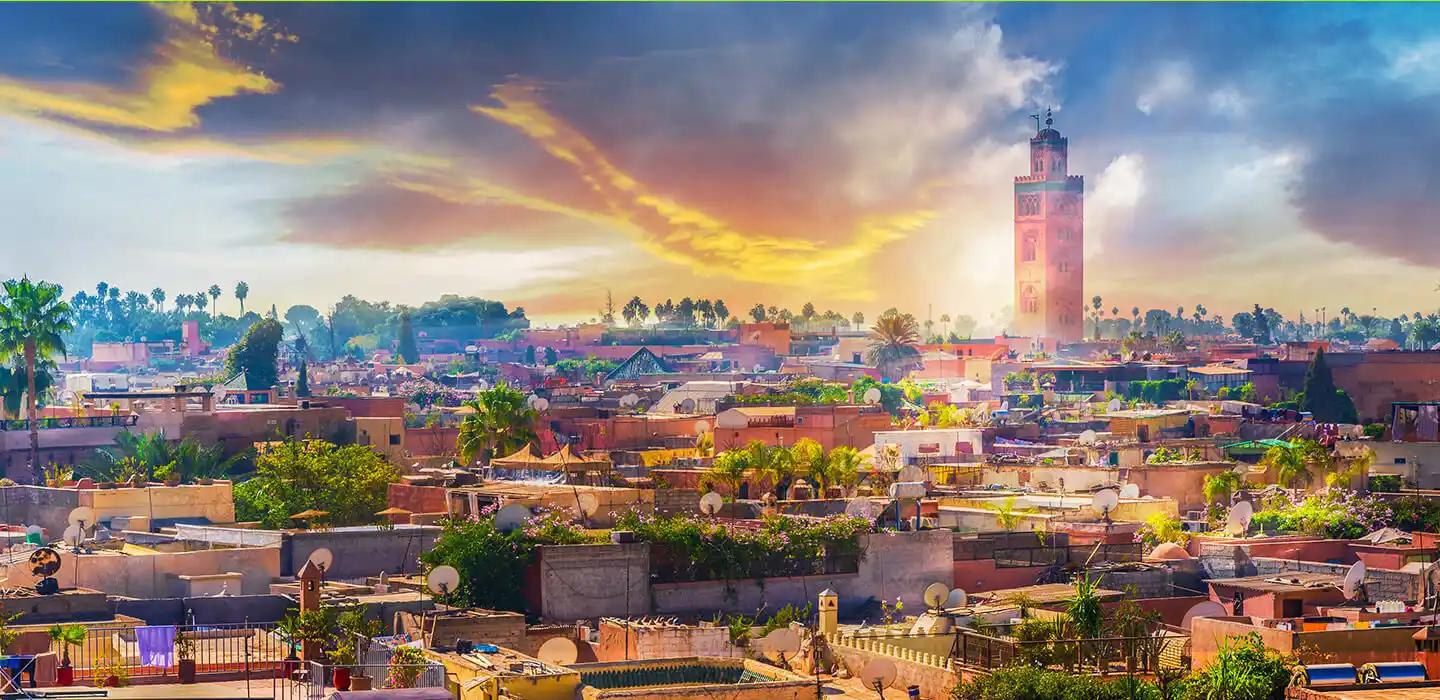
Marrakesh City Guide
Mosques, castles, and gardens may be found in Marrakesh, an ancient imperial city in western Morocco. It is now a significant business hub. Marrakesh is a walled, tightly packed medieval city that dates back to the Berber Empire. It has labyrinthine alleyways where bustling souks (marketplaces) provide artisanal jewelry, ceramics, and textiles. The Moorish minaret of the Koutoubia Mosque, built in the 12th century, is a landmark of the city and can be seen for kilometers.
History
As the first of Morocco's four imperial cities, it is located south of the Tennsift River in the heart of the irrigated, rich Haouz Plain. The medina, the city's historic core, received the UNESCO World Heritage designation in the mid-1980s.
It was established by Ysuf ibn Tshufn of the Almoravid dynasty in the middle of the 11th century, and it served as the Almoravid capital until it was conquered by the Almohads. The Marnids, whose chosen capital was the northern city of Fès, took possession of Marrakech. Although Marrakech prospered while acting as the capital under the Saad dynasty in the 16th century, the subsequent Alawite kings frequently lived at Fès or Meknès; still, the Alawite continued to utilize Marrakech as a military outpost. Amad al-bah, a religious figure, conquered Marrakech but was eventually routed and expelled by French soldiers under the command of Col. Charles.
The medina in Marrakech, which is encircled by a sizable palm forest, is known as the "red city" because of the houses and fortifications made of pounded clay that were constructed when the Almohads were there. Jamaa el-Fna Square, a bustling bazaar, is the center of the medina. The Kutubiyyah (Koutoubia) Mosque, erected by Spanish prisoners of war in the 12th century, is close by and has a 253-foot minaret.
The city's historical development is reflected in the 16th-century Mausoleum, the 18th-century Dar el- Beda Palace (now a hospital), and the 19th-century Bahia royal house. A large portion of the medina's original 12th-century walls still encircles it. The stone Bab Agnaou is one of the medina's remaining entrances. West of the medina, the contemporary neighborhood known as Gueliz grew under French rule.
Places to Visit
Historical Sites
Visit Dar el Bacha, previously the home of Marrakech's ruler Thami el Glaoui and now a museum with changing exhibitions addressing topics including the coexistence of faiths in the Mediterranean area. And the Ben Youssef Medrassa (one of Marrakech's most ancient buildings) which is recently renovated.
Alternately, travel beyond the city to the Tin Mal Mosque near the town of Ourigane. In this mosque,
the Almohad dynasty started conquering Marrakech in the 12th century. It quickly became the center of
culture and the arts in the new capital.
Explore Gueliz
Explore the Neighborhood Gueliz. It's not a brand-new neighborhood; it used to be the city's French district. Today, it is crowded with shops, eateries, and galleries. There are many smaller shops offering luxury goods that you won't find at the souks, in addition to the usual chain businesses you would find in any major city (think H&M or Starbucks). If you appreciate both art and shopping, you might easily spend the day window shopping and taking stops to eat contemporary Moroccan or other cuisines.
Shopping Medina Souks
The maze-like medina (old city) quarter of Marrakesh is the main draw for tourists. The small lanes will undoubtedly be the trip's sightseeing highlight since they are a kaleidoscope of hues, fragrances, and noises. There are several shopping possibilities where you may don your haggling hat and haggle to your heart's content, in addition, to simply walking (and getting lost) around the busy maze. The maze of alleyways between Place Rahba Kedima and Place Ben Youssef is the primary souq area. The hub of Marrakech life is this sizable square near the entrance to the medina.
Catch a View of Djemaa El Fna at Dusk
The Djemaa El Fna is a bustling marketplace with a variety of vendors selling trinkets, musicians, storytellers, fortune tellers, and snake charmers. The Djemaa El Fna is open every day from late afternoon until midnight. It is a really Moroccan experience to spend an evening here ambling between the acrobat troupes and regional musical ensembles. At dusk, the northern part of the area is overrun with vendors offering inexpensive eats and snacks. It is also simple to leave the bustle of the area and take a break at one of the many cafés that surround it. On their rooftops, several of these cafes also provide the greatest panoramic views of all the Djemaa El Fna activity.
Visit the Souqs of the Medina & The Majorelle Gardens with our Morocco Tour Packages starting at 1245$.
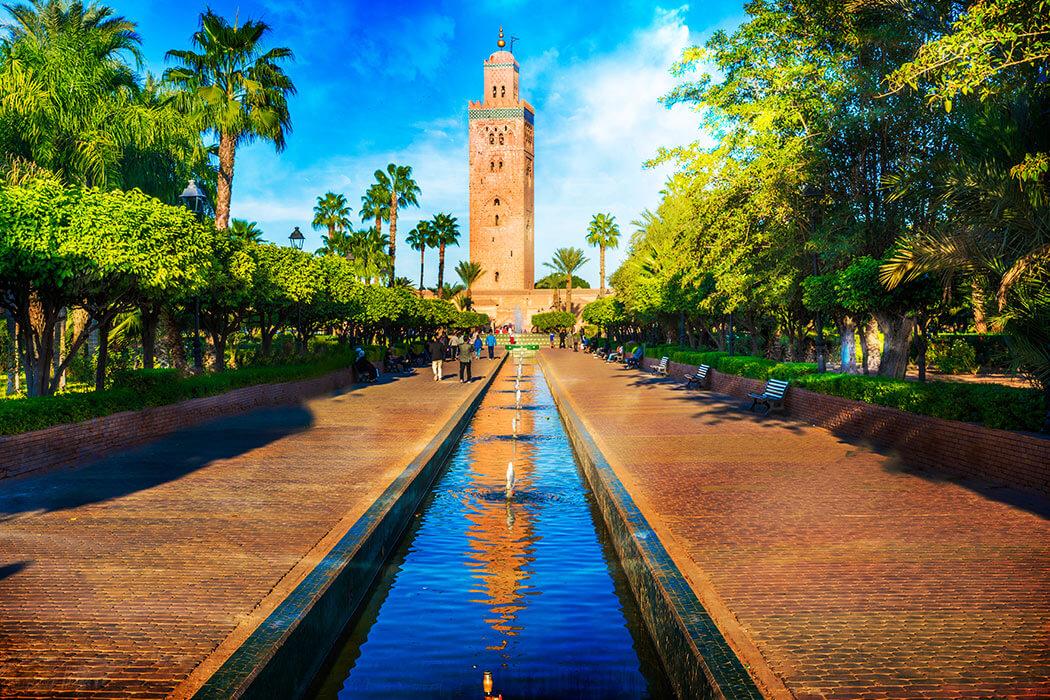
Time to Visit
Marrakech has a mostly dry climate, with an average rain falling during the warmest months. April is when it rains the most. Due to its location in the foothills of the Atlas Mountains, Marrakech is not an arid nation, despite the fact that it may experience intense heat.
A trip to Marrakech in the spring will guarantee between 8 and 10 hours of sunlight each day and mild weather, with April's average temperature hovering around 25 °C. May brings a dramatic rise in temperature to 28°C in Marrakech. In Marrakech, the monthly average precipitation is 31 mm in March and April and 11 mm in May.
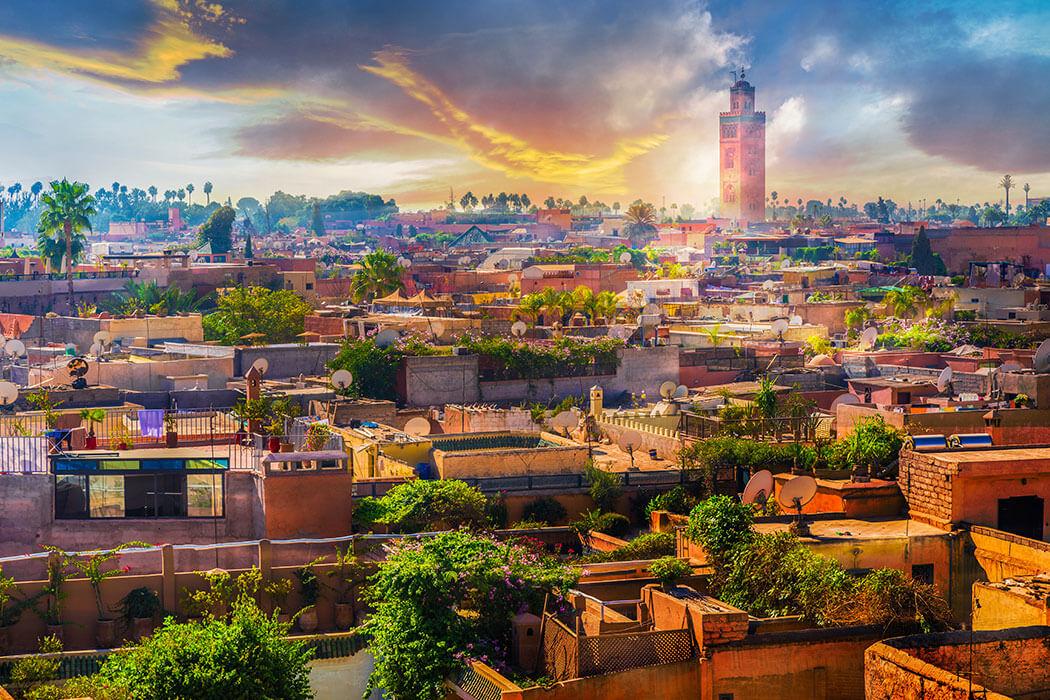
related tours
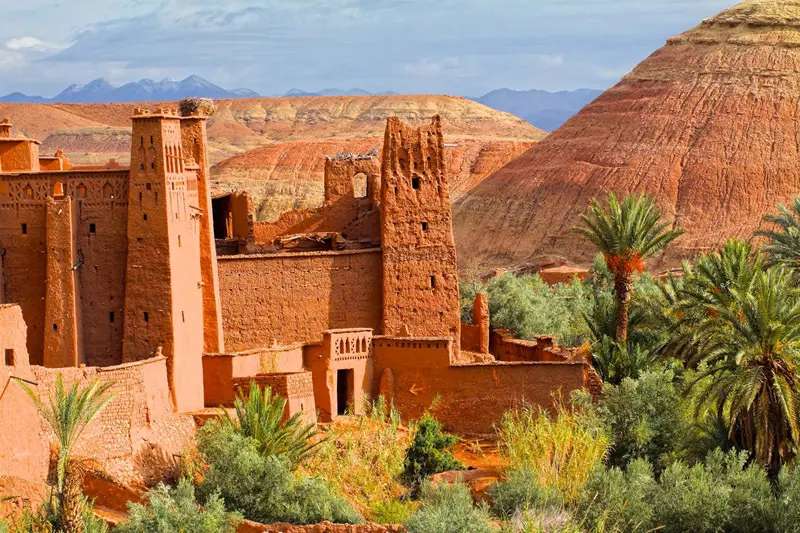
Morocco Imperial Cities Tour
8 Days / 7 Nights
From
$ 729
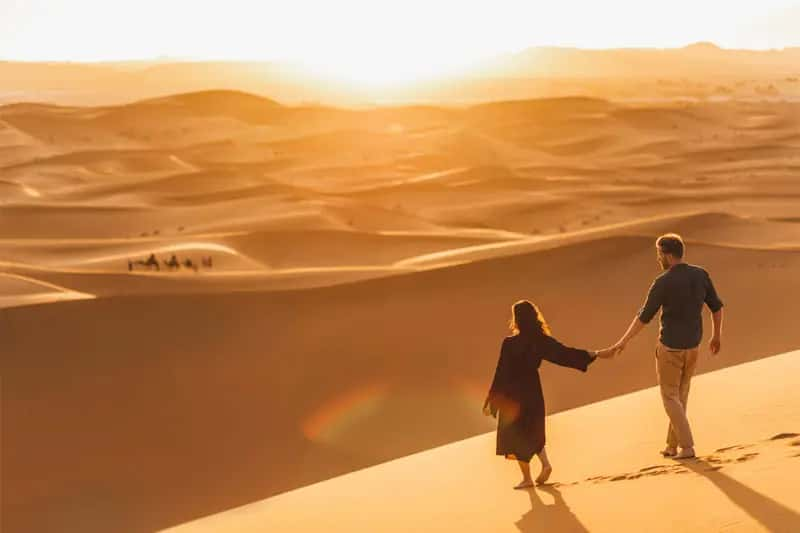
Morocco Imperial Cities With Sahara Adventure
10 Days / 9 Nights
From
$ 1010
